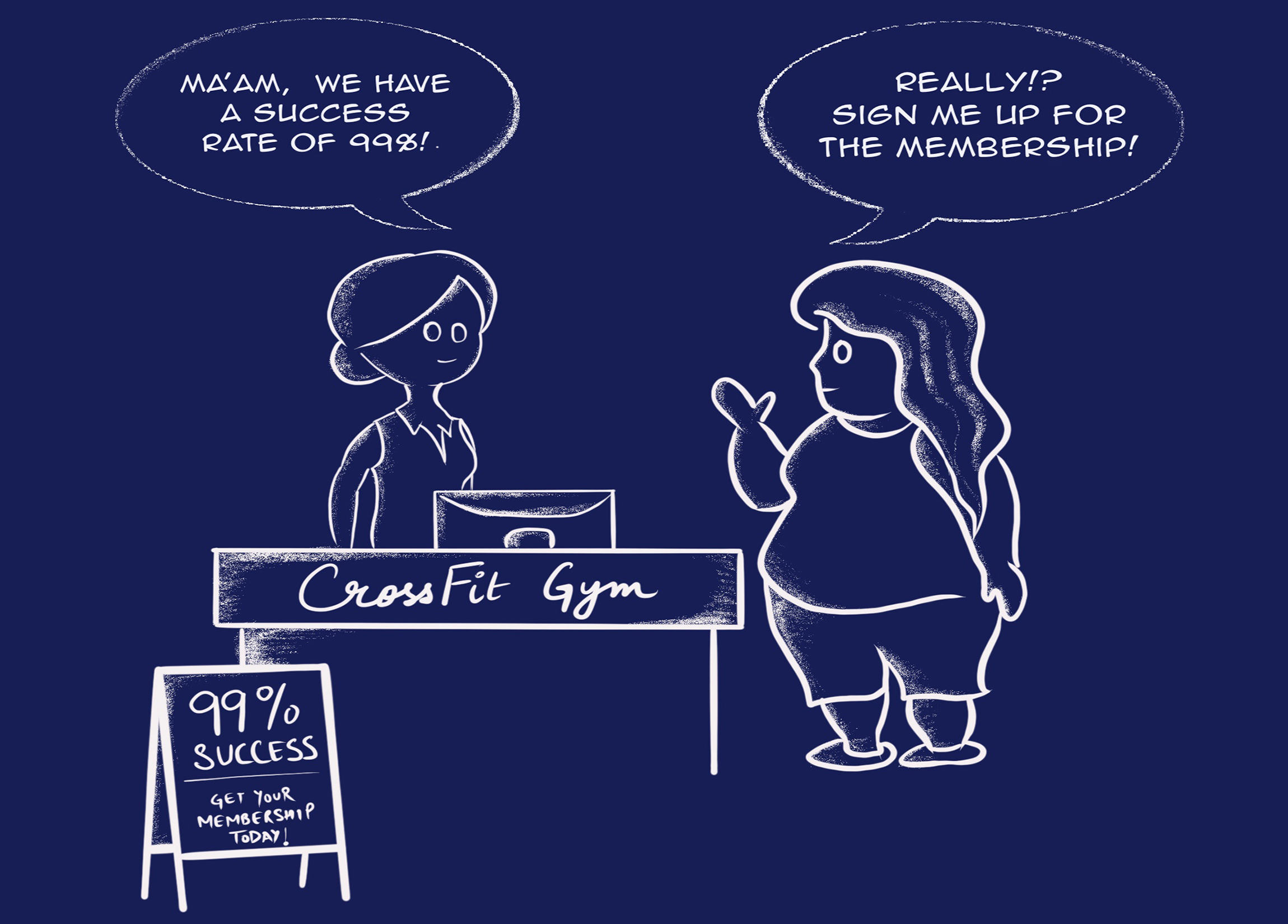Belief bias is a cognitive bias that involves individuals making judgments about the validity of an argument based on the believability of the conclusion rather than the logical soundness of the argument. In other words, people tend to accept arguments that align with their pre-existing beliefs, even if the logic used in the argument is flawed.
Explanations:
Belief bias is rooted in confirmation bias, which leads people to seek out and accept information that confirms their existing beliefs. When confronted with an argument that supports what they already think, individuals are more likely to find it persuasive, even if the argument itself is poorly constructed.
Examples:
Political Beliefs: Someone with strong political convictions may be more likely to accept an argument from their preferred political party, even if it relies on logical fallacies.
Religious Beliefs: A person’s religious beliefs might lead them to accept religious arguments without critical evaluation, even when the arguments lack logical rigor.
Pseudoscientific Claims: People may embrace pseudoscientific ideas or conspiracy theories that align with their worldviews, despite the lack of empirical evidence.
Solutions:
Critical Thinking: Develop and practice critical thinking skills to evaluate arguments based on their logical soundness rather than their alignment with pre-existing beliefs.
Question Your Beliefs: Continually question and reevaluate your own beliefs to reduce the influence of confirmation bias and belief bias.
Seek Diverse Perspectives: Expose yourself to a variety of perspectives and arguments to gain a broader understanding of issues and reduce the impact of belief bias.
Evaluate Evidence: Place a strong emphasis on empirical evidence and the scientific method when making judgments or forming opinions.
Addressing belief bias involves being aware of the influence of existing beliefs on your judgment and actively working to make decisions and judgments based on objective evaluation rather than preconceived notions.
